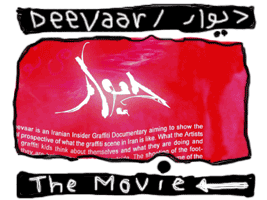Skull Symbol


The transitoriness of life; The Vanity of worly things; death; memento mori; the moon; the shades; the dying sun; gods of the dead; Lime “The skull is, on the other hand, a symbol of the vital lice-force contained in the head. The skull with the crossbones indicates death, the thigh also symbolizing a vital force, that of the. loins; the flag carrying the skull and cross bones is an emblem of pirates. Alchemic: With the raven and the grave, the skull is a symbol of the blackening and mortification of the first stage of the Lesser Work, `earth to earth’, and signifies dying to the world; but it is also that which survives and so is used as a reminder of-life and transmutation. Buddhist: (“Tantric) The skull filled with blood symbolizes the renunciation of life. It is an emblem of Yama, god of the dead, and of Tara in her dark aspect. Christian: The sanity of’ worldly things; contemplation of’ death, hence an emblem of hermits. The skull with the cross is eternal life after Christ’s death oil Golgotha, the `place of the skull’, where Adam’s skull was said to be buried. Emblem of SS Francis of Assisi, Jerome, Mary Magdalene, Paul. Graeco-Roman: Attribute of Cronos/Saturn as Time. Hindu: The skull filled with blood dcpicts renunciation of life; it is an attribute of Kali/Durga. The skull also appears with Yams, as god of the dead, and with Suva and Kale as destroyers. Mayan: With the skeleton, the skull is a symbol of the god of death and the underworld.
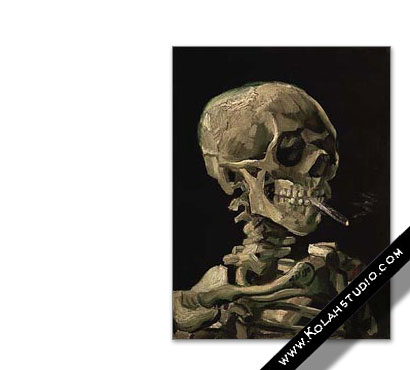
Associated with the cult of the cult the HEAD, skulls kept over the Tresholds of Celtic tribal huts were probably thought of as guardians. Some tribes in Congo, Cameroon and Gabon venerate the skulls of their most important Ancestors, as they believe that a person’s vital force resides there.
For the Maya, skulls signified conquest and the capture and sacrifice of prisoners, as well as Death. Gruesome stone skull-racks adorned ceremonial buildings and Ball-courts.
Skulls worn as jewelry by Hindu and Tibetan Buddhist deities – for example Chamunda, Kali and Padamasambhava – symbolize their destructive aspects.
From the Middle Ages in the West, skulls acted as memento mori, reminders that time passes rapidly, life is not endless, and earthly things are transient. They appeared on funerary monuments, in still-life paintings, and were held in representations of saints. The skull and crossbones now symbolize the danger of death.
‘nihil est in rebus inane’ (there is nothing senseless in things) was already proclaimed by roemer visscher in his book of emblems, 1614…
Today the skull has been re-made conceptually (at least aesthetically) but no nonsense can fatally destroy the memory of meaning.
Lugubrious emblem of human mortality
Victory of death over life: commonly the skull is a symbol of death, (or some romantic notion of immortality – as the befief that a spiritual part of a person survives death).
Vanitas
Think of the scene from shakespeare’s hamlet where the prince holds a skull of yorick, a former servant, bemoaning the pointlessness and temporary nature of worldly matters.
Certain themes characteristic of a specific philosophy have been commonly represented during an era, and an iconography has been developed to express them.
An example is the still life vanitas vanitatum of the middle ages, a reminder of the transitory quality of earthly pleasure symbolized by a skull. pictorial arrangements are dealing with the vanity of the intellectual world (globe, books), and of the ‘vita voluptaria’ (musical instruments, smoking implements).
Often painters continued the old tradition of including appropriate captions or texts on their pictures. the favourite was the admonition from ecclesiastes I: ‘vanity of vanities; all is vanity’.
The transience of human existence is often brought out also by other symbols like the candle and the hourglass.
The inclusion of the skull makes explicit the essential finiteness of man and the limitation of human knowledge.
A metaphor for understanding, to that of GOD.
(human vision and knowledge is necessarily limited by time and place, while GOD can see and know all things at all times). in hans holbein’s painting ‘the ambassadors’ the anamorphic skull can be connected to the contrast between discursive reason and intellectual vision as different stages of human knowledge.
The stable, balanced, serene coposition is interrupted only by a long gray shape that rises diagonally from the floor. when viewed from the proper angle, this shape is recognized as a skull in reflecting holbein’s interest in symbolism and radical perspectives.
The skull disrupts our trust in the cartesian perspective center in the same way, our trust in our own reality (belief systems) becomes distabilised.
It is thought that this might have been holbein’s favorite painting, because it is the only one he signed with his full name.
Magical protection charm
The skull has been given strong religious connotations in several cultures. among the people of india and neighboring regions, the skull necklace is an iconographic ‘memento mori’ (meaning ‘remember that you must die’) worn by certain gods and goddesses, most notably siva in his ascetic form and kali in her wrathful form.
Skull necklaces are also worn by the wrathful aspects of allied tibetan and nepalese deities such as kurukulla – and necklaces and prayer beads carved from animal or human bones in the form of skulls are popular with their devotees.
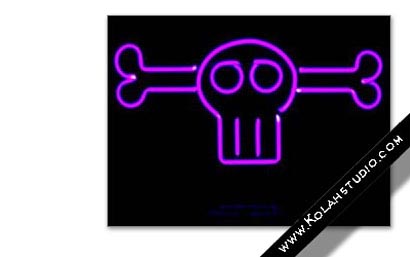
The death-resurrection cycle
The skull and crossbone symbol is also used in initiation rituals as a symbol of rebirth. it may also symbolize the ‘sephirah daath’ on the kabbalistic tree of life, the gateway to the higher realms of understanding only achievable through spiritual death and rebirth. a skull did not inspire horror, on the contrary, it symbolised the promise of a new life.
Good luck
The age-old links between religion, protection, and luck.
In pre – columbian america, the skull was given an honoured place in the religious iconography of the aztecs and related tribes of mexico. their descendents, both indians and people of mixed european and native american heritage, continue to venerate the skull and the skeleton during the national ‘day of the dead’ ceremonies, when skulls made of sugar are eaten and offerings are placed on the graves of deceased relatives and friends.
Mexicans looked upon death as one more misfortune to contend with, but they also regarded it as the ultimate liberation. it was one of the most popular forms of ancient mexican ornament and in modern mexico the skull is still used in humorous drawing, in toys and candy.
Christianity
The skull as an emblem occurs frequently in christianity, inspired by golgotha, the place of the skull, where christ was crucified.
It was the burial place where adam’s skull lay directly under the cross so the blood of jesus could drip on it, thus washing away the original sin (there was no mention of eve – official theology was always vague about whether jesus’ death had really washed away original sin or not).
The christian concept of christ there dying on the cross would explain the crossed bones (?).
Skulls are associated with such penitent saints as st francis of assisi, st jerome and st mary magdalene. when included in depictions of them the skull may have a cross placed nearby.
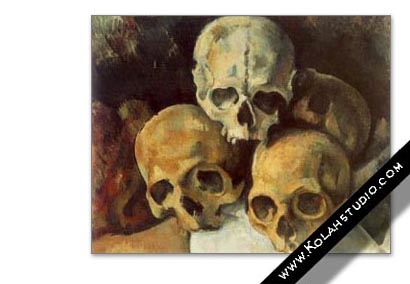
Reverse bad luck
Hard-core gamblers have also adopted the ‘reverse bad luck’ of the skull for iconograhic purposes. in this context the skull, along with dice rolling sevens and black cats, symbolizes luck in adversity.
Danger signal
The recognised symbol for danger is the skull and crossbones or for poisonous substances, especially visible on containers of cleaning solutions.
Displayed on a black cloth back ground make up the pirate’s flag commonly known as the jolly roger.
It was certainly a most intimidating symbol for the carribean pirate who attacked and looted ships.
(the pirate flag were to symbolise that death awaited those whom the pirates encountered).
Masonry
The skull and crossbones or a crossed hoe and sceptre (symbols of sovereignty) and a skull above them, are important emblems in masonry, where it symbolizes the hierarchic structure and the transience of the material world. US presidents bill clinton and george w. bush both are members of the ‘skull and bones’ society…
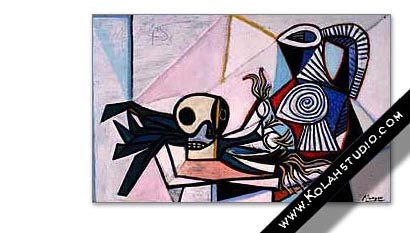
Symbol of hate
The death’s head was the symbol of the ‘SS-totenkopf verband’ (one of the original three branches of the SS, along with the allgemeine SS and the waffen SS), whose purpose was to guard the concentration camps.
Most of the original members of this organization were later transferred into and became the core of a waffen SS division, the death’s head division. The symbol is most often seen in tattoos.
Why teenagers twigged at the potential of skull icons ?
One of the greatest challenges facing adolescence has always been, ‘are we being taken seriously?’
According to subculture mythology the skull is a symbol of defiance. death defiance, initially, though as the popularity of the skull image started to spread amongst teenagers during the early 80s it became, for parent culture, a symbol of nightmarish youth: teen violence, drug abuse, sexual promiscuity and other behaviors expressed as self-defeating.
Heavy metal merchandise
Too self-defeating and of course too melancholy for the middle of the road paying public, well, too melancholy until heavy metal broke through. the skull toting style of heavy metal that most of us remember is in no way threatening or as charged with class warfare as say punk.
In fact, at its peak heavy metal was pop and was able to perfectly recast the great equalizer, death, in all together a much brighter light. taking the lead with loud guitars, theatrical make-up, and narratives surrounding adolescent male sexual fantasies, heavy metal created a merchandise empire out of badges, t-shirts, flags, and promo videos that consistently displayed the popular skull-garnished mascots of each band. metal heads were able to render the skull ‘public property and profitable merchandise.
Scary fun
The skull at halloween is a very popular item in haunted houses and a favorite design theme for masks, costumes, lanterns, candies and halloween decorations…… defiantly scary!
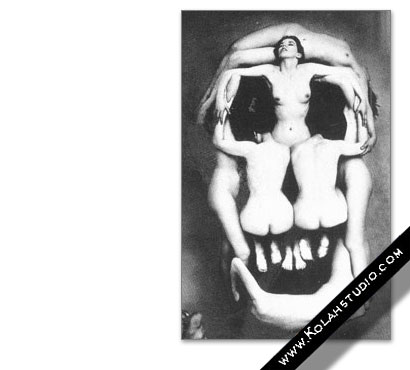
Fear
In particular the fear of things out of our control like cold war paranoia or fast forward to more recent times, millennial shut downs and the uncertainty of biological warfare.
All the cult elements – dissent, angst, and misunderstanding – are firmly attached to skull iconography.
Skull T-shirts? if nothing else, donning an image of a skull infers that the wearer has made some effort to overcome our imposed culture of fear.
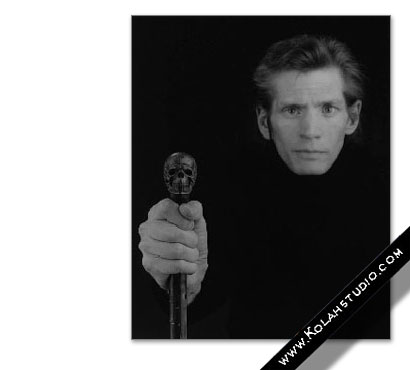
discrimination
Robert mapplethorpe attached his own face to a skull adorned walking stick – like a dead end for his journey.
Without disturbing details, the skull underlines the suffering on his face. probably he knew at that time about his fatal illness – the absolute certainty of AIDS. it was the unknown death, not a disease to live with as it might be considered now.
In mapplethorpes’ work the skull is more than a death symbol, it’s a symbol for all the aids phobia and the discrimination era that took place in the 1980’s.
Books:
1000 Symbols – Thames & Hadsen
An Illustrated Encyclopedia of Traditional Symbols – Thames & Hadsen
Website:
http://www.designboom.com/history/death.html

